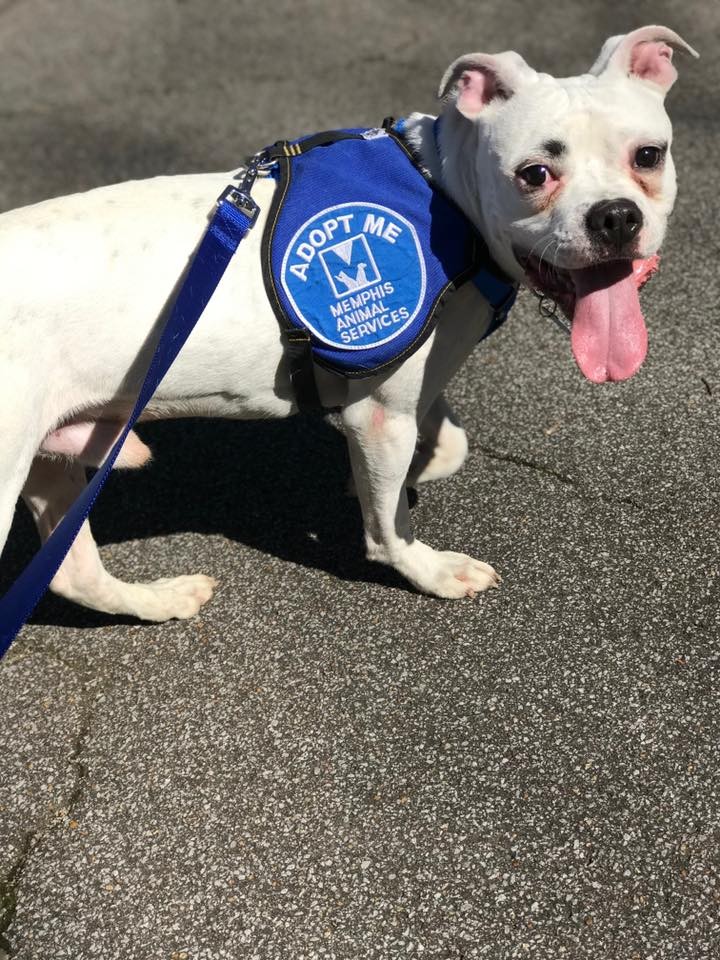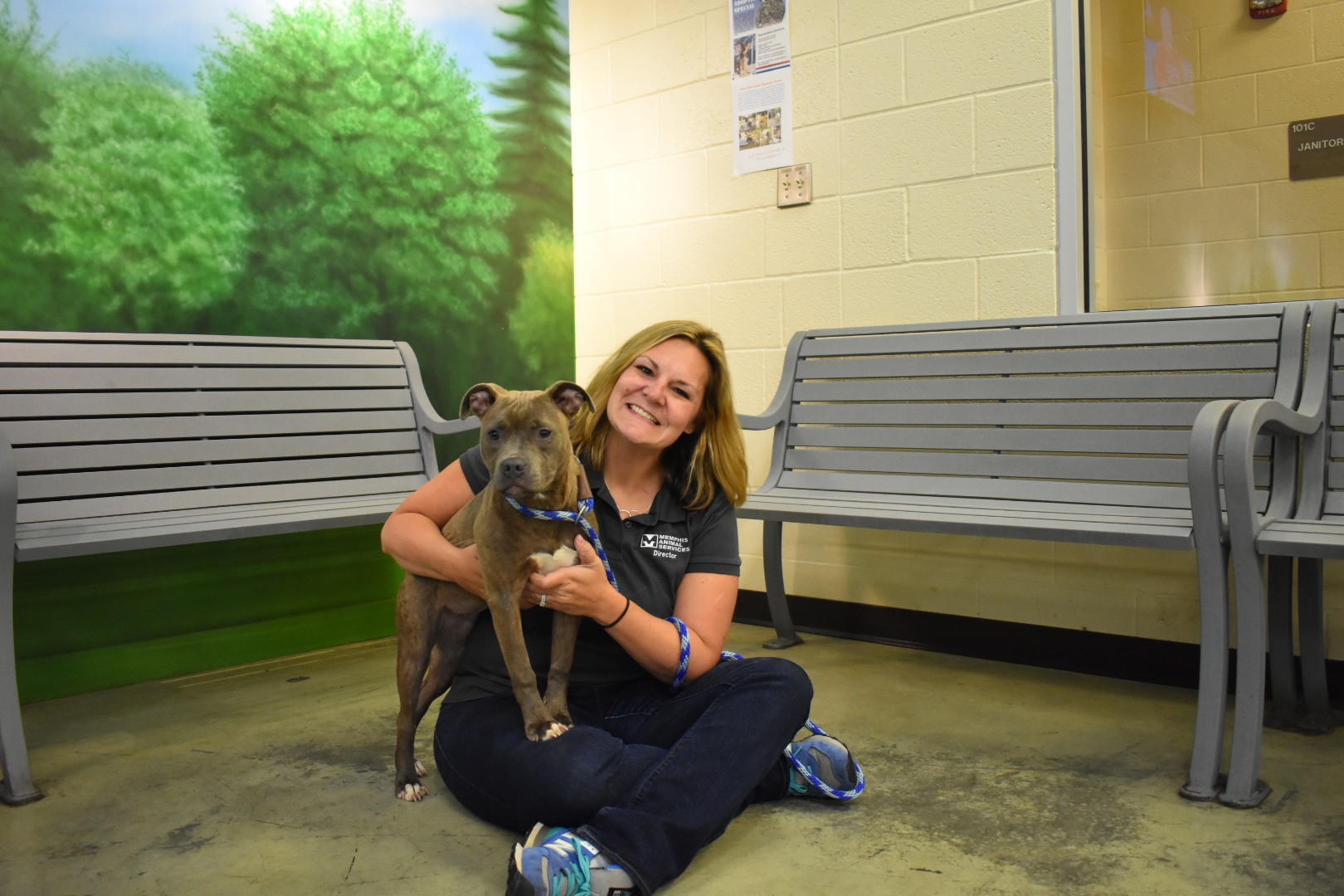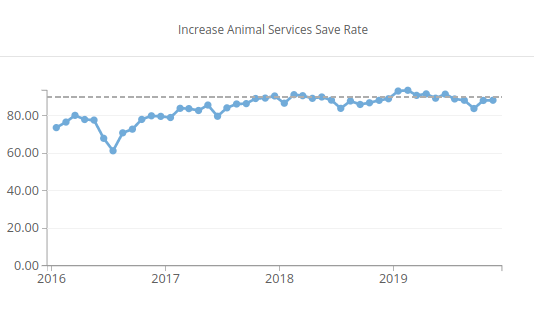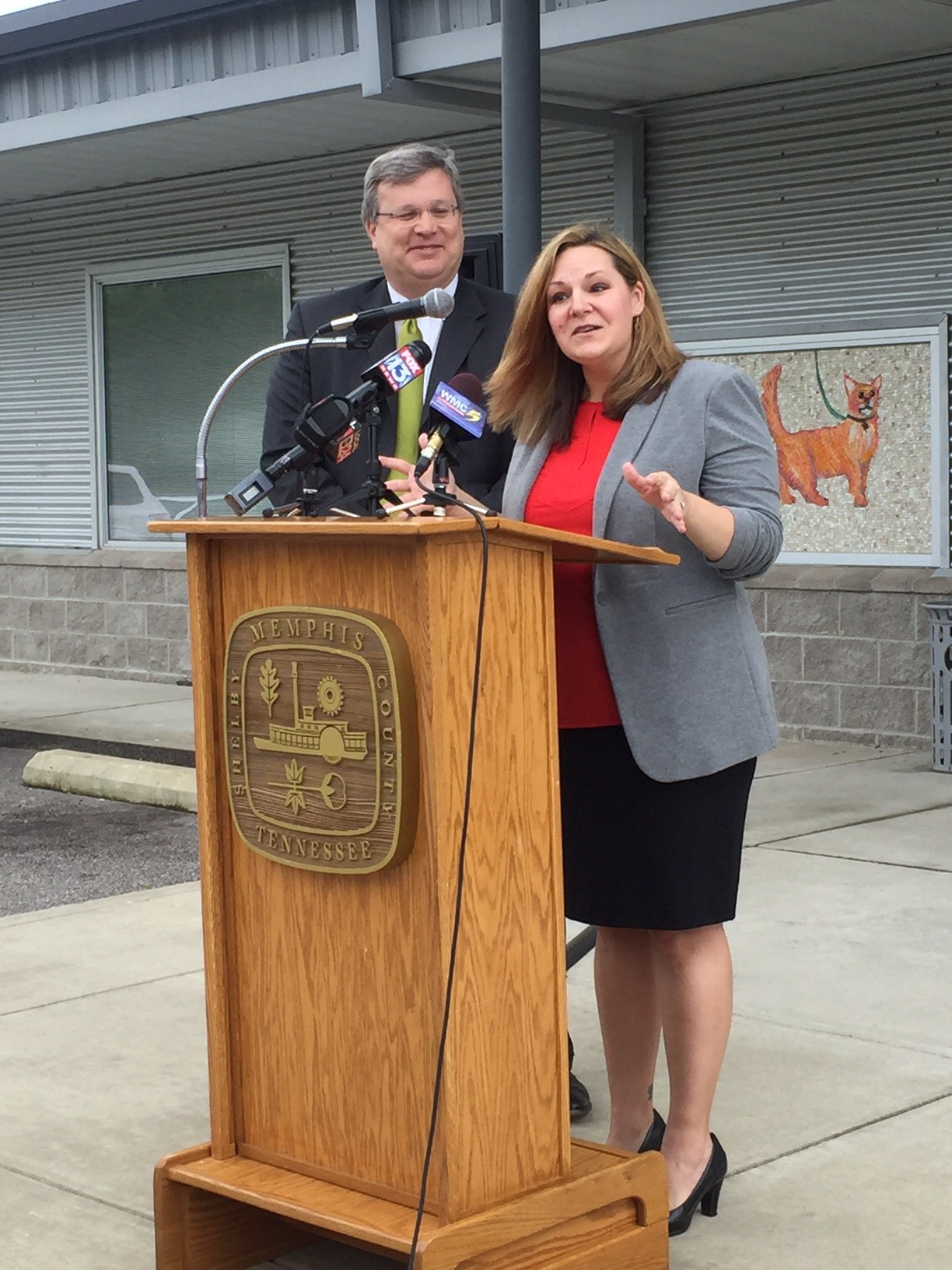 Facebook/MAS
Facebook/MAS
In mid-March, Memphis Animal Services (MAS) said it had a crisis capacity and urged the public to step up and foster or adopt pets.
But since then, Alexis Pugh, executive director of MAS, said there has been an “amazing turnout” from the community with fostering and adoption and that the shelter’s population has significantly decreased.
Pugh says in order to keep the population size down at MAS, staff have shifted their focus on ways to help the community without having to bring animals into the shelter: “Capacity is quite low and manageable as we look to ways to rehome pets outside of the shelter.”
Over the past couple of months, Pugh said MAS has been doing more community intervention than it ever has in the past. This shift is “long overdue in animal welfare,” she said.
“Not every animal needs to come through the shelter to find a new home,” Pugh said. “The animal welfare community has been talking about this for a long time, but it almost needed some kind of trigger moment to make it happen.”
Part of this community intervention strategy includes working with people to keep pets in their home. This means providing education and resources, Pugh said.
For example, MAS implemented a pet food supply pantry to assist families who lost their income and the ability to buy the necessary food for their pets. So far, MAS has served 180 families with 5,000 pounds of food.
[pullquote-1]
MAS has also ramped up its effort in the field to reunite lost pets with their owners.
“We don’t want to return to our pre-COVID-19 normal because we were overfull all the time and animals were being put to sleep because of space,” Pugh says. “We’re trying to get to the point where our capacity to care is better aligned with what we really should be providing animals.”
The key to this is getting the community involved in the process of rehoming animals. Pugh said this depends largely on neighbors helping neighbors.
“If you have a pet that you can no longer care for, can you seek resources through people who are in your life?” Pugh said. “Everyone has social media now, so that can be used to find a home for pets. Or if someone finds a stray animal, can they foster it until they can find a home for it? We’re here to be an aid and a resource for this.”
The typical model of going into a neighborhood and picking up stray animals might not be the best strategy for long-term success. Pugh said for years MAS has gone to the 38127 ZIP code and picked up stray animals, but that area still remains the highest intake ZIP code.
“Going out and picking up stray animals is not the solution to long-term success,” Pugh said. “Instead we need to be using our resources to support the community making sure everyone has access to spay and neuter services and that cost isn’t a barrier. We want people to have access to vaccines and the knowledge that will help them care for their pets. If we really want to see long-term change in the community, we have to stop spinning our wheels picking up animals and overfilling the shelter.”
Pugh said MAS wants to adopt more of an emergency room model for pets so that every animal does not have to go through the shelter to find a home: “We were forced into this change, but there are definitely long term benefits to us changing the model.”
With the population at MAS more manageable, Pugh said staff has the chance to get to know the pets there better and are able to be more successful at matching people with pets for adoption.
The bottom line, Pugh said, is that a shelter is “no place for a pet.” It’s not ideal housing for dogs or cats and being in a kennel does not fit their social needs, she explains.
“We want to be more of a resource agency and not just a shelter for unwanted pets,” Pugh said. “So the challenge comes as we try to get the public to adapt to that new model. Any time, you talk about changing a model, there is going to be fear and hesitation.”
Measuring Success
MAS’ save rate for March was down to 81 percent from 90 percent in February. The national target and goal for MAS is 90 percent.
However, Pugh said that number doesn’t accurately reflect the agency’s productivity, explaining that because the shelter has limited intakes to emergency cases due to COVID-19, the animals currently in the shelter are in the at-risk population for euthanasia.
“We don’t have those friendly, healthy stray dogs in the shelter because now the team is focused on animals that fit into two categories,” she said. “The first is animals who have injured someone or have aggressive behavior. And those animals are not safe to rehome. Secondly, we’re taking animals with medical emergencies. While we do our best to save them, many are beyond medical intervention.”
Pugh said she has been in talks with animal shelter directors around the country who agree there needs to be a more inclusive way of tracking data and the success of shelters.
“I can think of five animals off the top of my head that we recently found homes for that never came into the shelter,” Pugh said. “But this isn’t counted in the save rate data. The data has to do a better job at capturing community interventions.”

 City of Memphis
City of Memphis  City of Memphis
City of Memphis  MAS
MAS 


